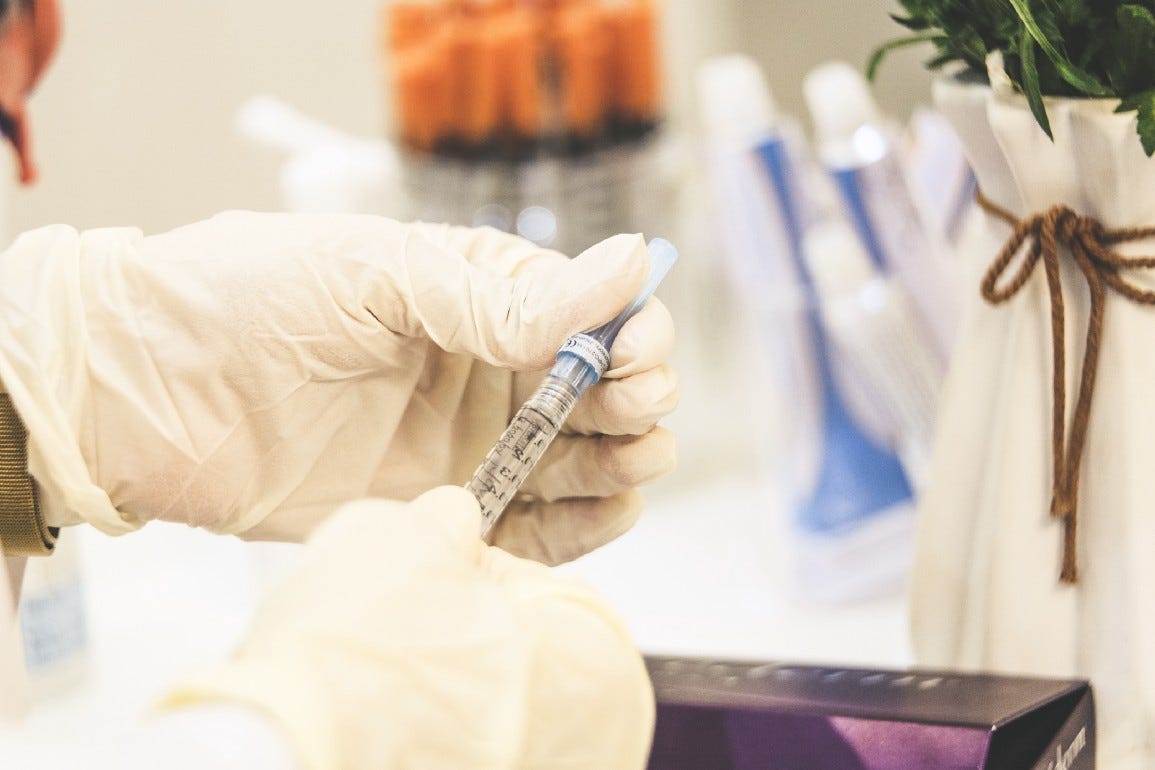The Price Point Of Insulin Is A Sore Spot For American Consumers. But It's Not A Worldwide Problem.
We'd have to ask why it has to be this way?
Insulin is one of those words that diabetics love to hate. It is a hormone that functions as a cell signal after digestion.
When we have consumed food and that food has been decomposed down into simpler constituents such as glucose by our digestive system, it gets absorbed from our intestines into our blood.
Insulin is then secreted by the pancreas to signal the cells in our body that it’s feeding time. In the same way that a factory may have bells to signal when it’s time for a break or time to have lunch. The lunch bell rings, and people take a break from work to get some food. The insulin “bell” signals, and the cells in our body start to take in glucose from the blood.
Yet some people do have a problem with their pancreatic functions. The beta cells in the pancreas are responsible for producing insulin, and Type 1 diabetics simply aren’t producing sufficient insulin to signal the cells in their bodies to take in sufficient glucose.
Now, insulin can be manufactured rather cheaply:
A 2018 study estimated that one vial of human insulin costs $2.28-$3.42 to produce, and one vial of analog insulin costs $3.69-$6.16 to produce. The study revealed that a year’s supply of human insulin could cost $48-$71 per patient, and analog insulin could cost $78-$133 per patient per year.
But yet, is it being sold for that cheap? Not in the US, of course!
In 2018, the average insulin prices in the US was $98.70, compared to $6.94 in Australia, $12.00 in Canada, and $7.52 in the UK.
That’s $98.70 per dose in the US. The production cost of one year’s supply of human insulin would cost $48-71 - what a tremendous profit margin there is.
Also, with the amount of money that I need to spend on one dose of insulin in the US, I could get FOURTEEN doses in Australia. That’s a vast difference there.
Unfortunately, in the US, 90% of the insulin market is dominated by Novo Nordisk, Sanofi and Eli Lilly. It’s an oligopoly market, and there really isn’t any incentive to undercut the price. In an oligopoly, the major players will enjoy the profits from these eye-watering prices.
It’s like three big bullies in a playground, to be honest. Would you want to do anything that contravenes their rules? Prepare for a shellacking from them. Unless you have the ability to fight back against them.
Though in other markets such as China, the Big Three had to cut their prices because they were in direct competition with local manufacturers, because the clout that a local playground bully has in one playground does not necessarily give them any clout in any other playground.
Though, unfortunately, the people in the playground that they control are subjugated to their rules, and have to abide by those rules. Including eye-watering insulin prices. And kids in playgrounds tend to have to give up their sweets or their toys to the playground bullies, too.
What makes it worse, though?
Drug lords such as Pablo Escobar did not deal directly with the transactions of their illicit products.
They had a network of managers, bosses and enforcers to control the sales of those products. Local drug dealers provide supplies to addicts, and will be at the highest risk of getting caught. Those higher up in the hierarchy are more interested in managing and expanding their networks, while getting cuts from each sale. (Doesn’t that sound like an MLM already?)
In the same way, an insulin manufacturer does not have to deal directly with insulin consumers - consumers are prescribed the insulin by their doctors. The doctors are the best enforcers around to continue marketing these insulin products, because patients don’t necessarily question why they’ve got to be on that insulin. Whether they’re Type 1 (insulin deficient) or Type 2 (insulin resistant) diabetics, it apparently doesn’t matter that much in the realms of sales and marketing.
And of course, the doctors don’t have to care that much about the price. Not as much as their patients do. Drug dealers don’t care about the prices that they’re selling their drugs at, but it’s the drug addicts that care about the prices and, they can and they will steal from their families or loved ones to feed their addictions. It can be very depressing, but it’s all too real.
In the USA, Type 1 diabetes patients are at a real threat of dying from their condition simply because they can’t afford that insulin in the USA. But it’s also quite common to prescribe insulin to Type 2 diabetics even though insulin for Type 2 diabetes doesn’t address the issue of insulin resistance in the body, and we’d just have to wonder why that prescription happens. Is it for a healthcare related motivation or a profit related motivation?
Unfortunately, there isn’t any incentive to produce a cheaper biosimilar — why do so when there are much profits to be made from the oligopolistic market?
After all, it seems that “if you can’t beat ‘em, join ‘em”, right?
Do feel free to share this article and hit the “subscribe” button to get more updates about the science concepts in nutrition and health, all deconstructed nicely for your convenient perusal!




